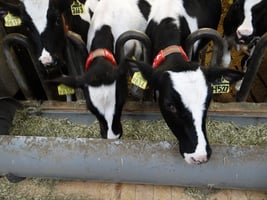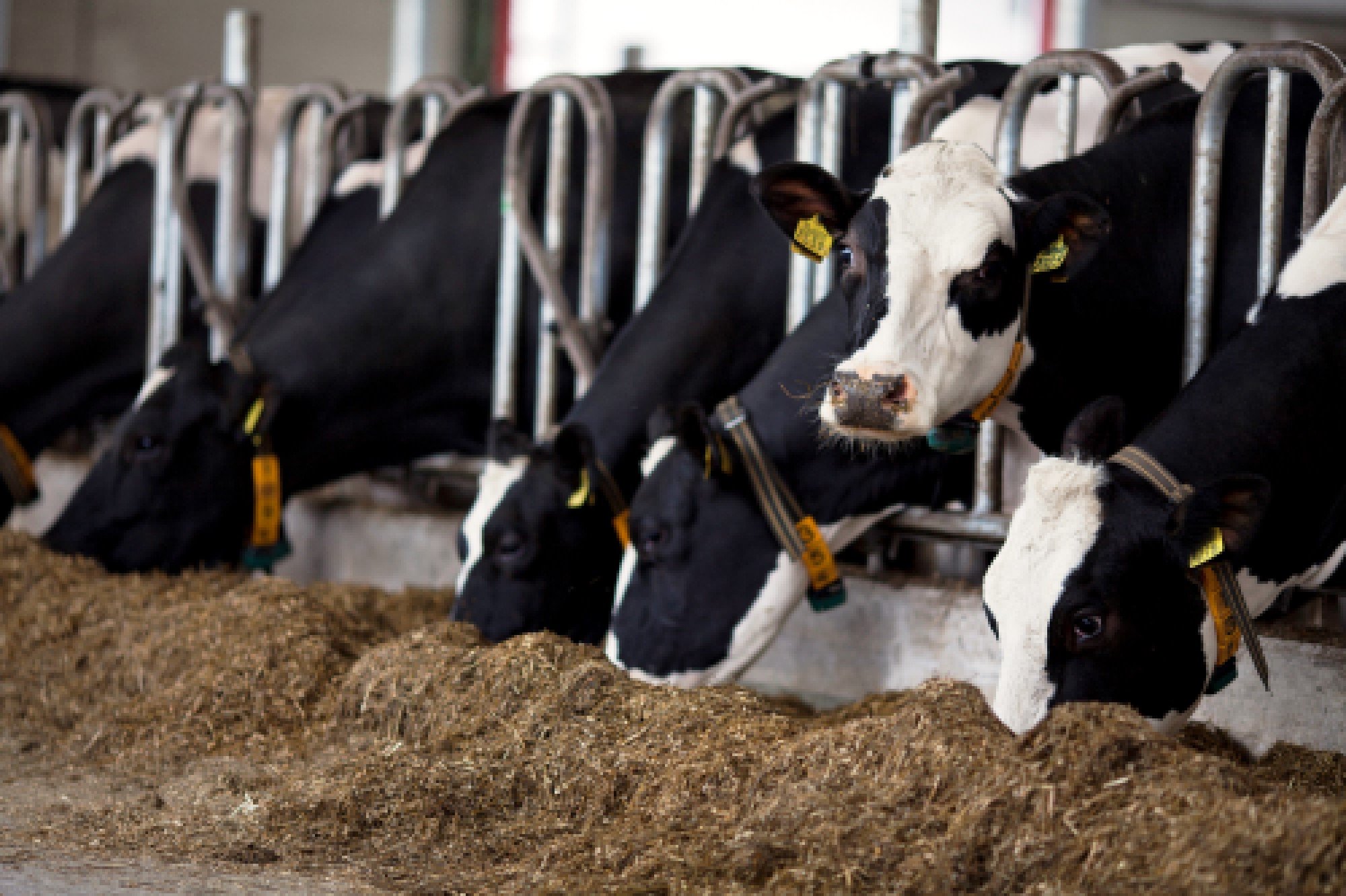Module 12 | Applied dairy nutrition
WEDNESDAY 5 AND THURSDAY 6 JUNE
Ration composition and nutrient contents have a huge impact on the health and production performance of dairy cows, but also on the production of greenhouse gasses. Variation in roughage and diet quality can have a large impact on performance and can be used to manipulate the production level of the cow. Better knowledge about the effect of dry cow nutrition provides you the tool to reduce the incidence of metabolic diseases and to improve health and fertility. Optimal levels of, for example, phosphorus and nitrogen help to reduce environmental impact of dairy production.
Learning objectives
- Learn about optimal feeding strategies in the transition period to reduce the incidence of metabolic diseases and improve fertility and health.
- Learn about the prevention of subacute rumen- and hindgut acidosis.
- To obtain further knowledge on how to improve young stock rearing.
- To obtain further knowledge on how to reduce the environmental impact of dairy cow husbandry.
- Deeper understanding of effect factors that influence forage quality.
Remarks
- Please be aware that SFR recommendations will not be presented during the course.
- More experienced participants can also attend Module 11 Advanced Dairy Nutrition which will focus on feed evaluation for dairy cows and how to manipulate milk production and milk composition.
- To be able to apply the information from this module into feeding management and practical ration optimisation, it is advised to attend Module 13 Feeding Management and Ration Formulation Dairy.
DAY 1: WEDNESDAY 5 JUNE
Optimal transition cow management to reduce metabolic disorders
The transition period in dairy cows is important to reduce the incidence and severity of metabolic diseases. In this presentation the relationship between nutrition in the dry period and hypocalcaemia and ketosis will be explained. Newest insight in feeding strategies to reduce problems in energy balance and mineral status are presented.

Feeding strategies to improve fertility
In this presentation the relationship between nutrition, health and fertility is described. The direct and indirect effect of nutrients on the hormone system is described and an overview of nutritional strategies to improve fertility is presented.
Calf and heifer rearing
Youngstock are an important part of dairy farming because calves and heifers will be the future dairy cows. Feeding strategies affect rumen development, growth, maturation and, health of calves. Recent research on the effect of intensive milk replacer scheme’s on growth and development will be discussed. Also, the impact of starter feed on rumen development and early nutrition on performance of dairy cows is presented.

Meet the trainers

Anne Guadagnin

Marije Winia-van Tol
DAY 2: THURSDAY 6 JUNE
Subacute rumen- and hindgut acidosis, effects on the health of the cow and prevention
In diets for high yielding dairy cows there is an increased risk for (subacute) rumen acidosis and problems in the gut. Rumen acidosis does not only have a direct negative impact on animal production, but also on the immune system, fertility and locomotion. The effect of feeding strategies on the occurrence of LPS in rumen, hindgut and blood is proposed as mechanism behind those problems. Also feeding strategies to reduce these problems are presented.
Feeding strategies to reduce methane emissions
There is a worldwide increasing focus on reducing greenhouse gas emissions. Also methane production by dairy cows is contributing to these anthropogenic emissions. In this presentation, the rumen mechanisms behind methane production are discussed, together with feeding strategies to reduce methane emissions from rumen fermentation.
Nitrogen and phosphorus efficiency
The dairy industry has an important contribution to ammonia emission, and nitrogen and phosphorus excretion to the environment. This presentation will focus on dietary strategies to reduce the environmental impact of ruminants. Focus will be on improving nitrogen efficiency and reducing ammonia emission, and feeding low phosphorus diets.
New insights in forage quality: effects of harvesting method and additives
In this presentation the results of recent research toward forage quality will be presented: the effect of chop length and harvesting method of corn on feed intake, digestibility and milk production, the effect of additives during the ensiling process and the effect of storage time on forage quality.

Meet the trainers

Matthias Schilde

Marije Winia-van Tol
